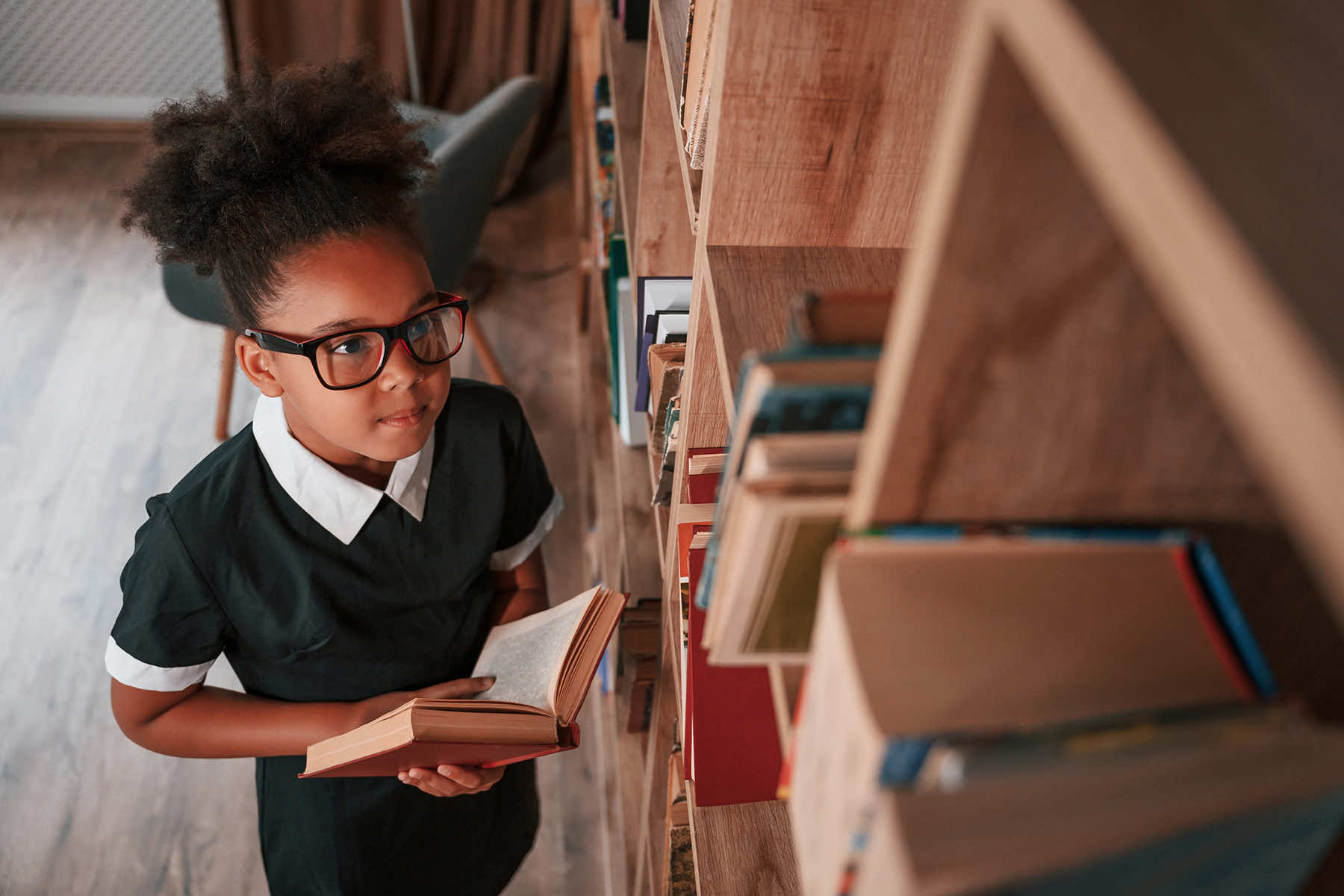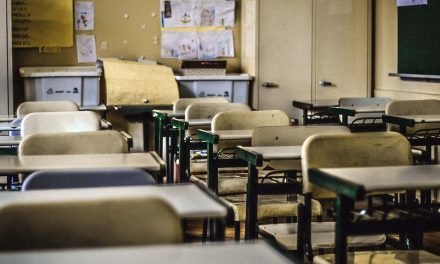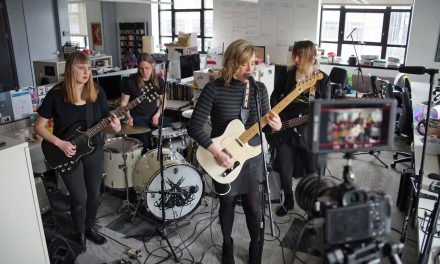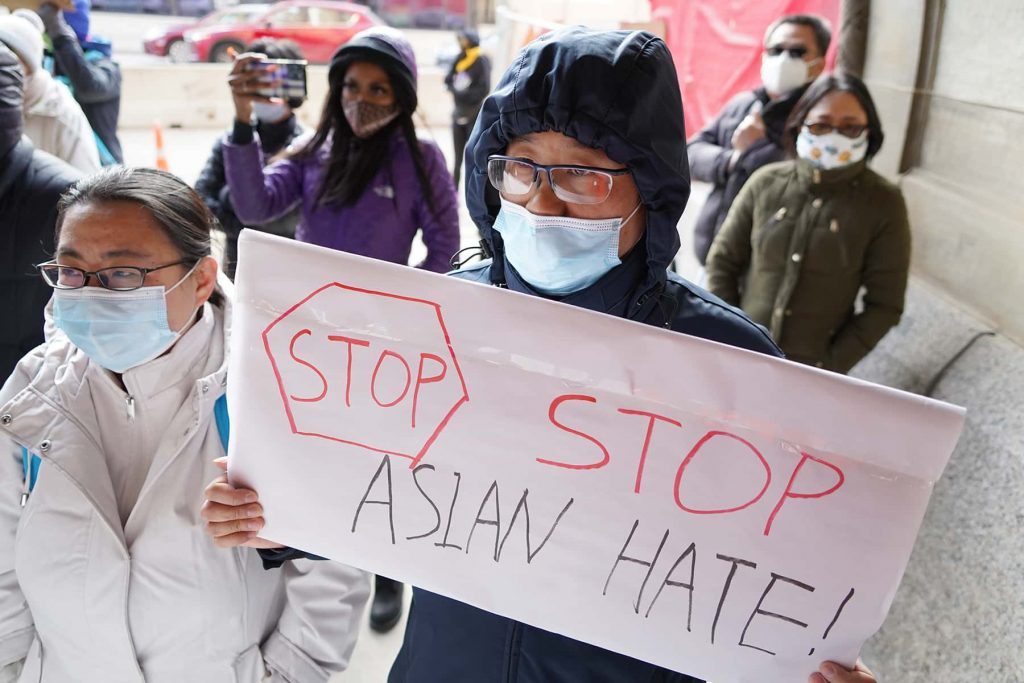
Since the pandemic first upended American education, an estimated 50,000 students are still missing from any kind of U.S. school.
According to an analysis of public, private, and homeschool enrollment as of fall 2022, along with U.S. Census data in 22 states and Washington DC, these students have yet to rejoin the educational system in any known capacity.
The pandemic has had far-reaching effects on student engagement and participation in formal education. The reasons for students leaving during this period are varied and complex. Some students experienced homelessness, while others lost interest or motivation in continuing their education.
Mental health struggles have also been a significant factor, as well as the need for some students to work or assume adult responsibilities. Additionally, the shift to online schooling posed challenges, with some students falling behind and not finding a compelling reason to re-engage with the system.
Encouragingly, the number of missing students has significantly decreased from the situation in fall 2021. At that time, over 230,000 students were still unaccounted for, as highlighted in a combined analysis by the Associated Press, Big Local News, and Stanford University economist Thomas Dee.
Since then, many students have returned to some form of schooling or aged out of the system. This decline in the number of missing students is seen as a hopeful sign that the education system is gradually moving toward recovery.
However, the landscape of American education has not fully reverted to its pre-pandemic state. A nationwide analysis indicates a lasting disengagement from public schools, with an increasing number of Americans turning to alternative forms of education. Approximately two-thirds of the states maintain credible enrollment data for private schools or homeschooling.
Among these states, there has been a noticeable shift: private school enrollment grew by nearly 8%, and homeschooling saw an increase of more than 25% from fall 2019 to fall 2022. In contrast, public school enrollment has experienced a significant downturn, with a decrease of over 1 million students.
This shift raises questions about the long-term impacts of the pandemic on public education and the choices families make regarding schooling. Experts are examining these trends to understand the implications for educational equity and access. The increasing preference for homeschooling and private education could signal a broader change in how Americans view and engage with the education system.
The decrease in public school enrollment also has potential ramifications for funding and resources, which are often allocated based on student numbers. This could lead to a cycle where decreased funding leads to lower quality of education, further driving students away from public schools.
Educational authorities and policymakers are now faced with the challenge of addressing these changes. There is an ongoing debate about how to re-engage students who have left the system and how to ensure that public education remains a viable and attractive option for all families.
The drop in the number of missing students is a positive development, but the shift in the educational landscape presents new challenges. So while the pandemic’s impact on education continues to unfold, its full long-term implications remain to be seen.















